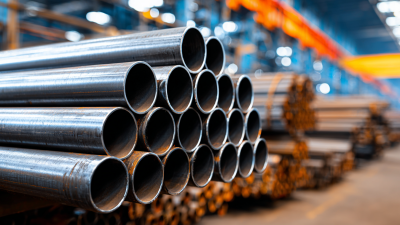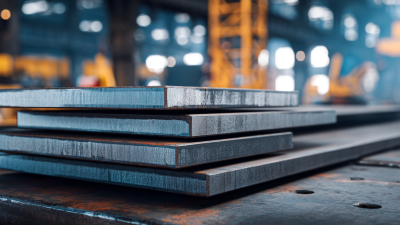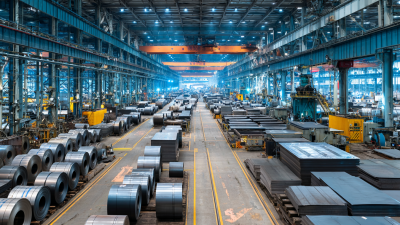Hot Rolled Steel Coils play a crucial role in the modern manufacturing landscape, offering unmatched versatility and a wide range of applications across various industries. According to a recent market report from Grand View Research, the global hot rolled steel market was valued at approximately $401 billion in 2022, with expectations of significant growth driven by rising demand in construction, automotive, and machinery sectors.
These coils are favored for their malleability and ease of fabrication, allowing manufacturers to produce components with intricate shapes and sizes. Furthermore, industry experts estimate that advancements in hot rolling technology will enhance the efficiency and sustainability of steel production, further solidifying the importance of Hot Rolled Steel Coils in facilitating innovation and meeting the dynamic demands of today’s manufacturing processes.
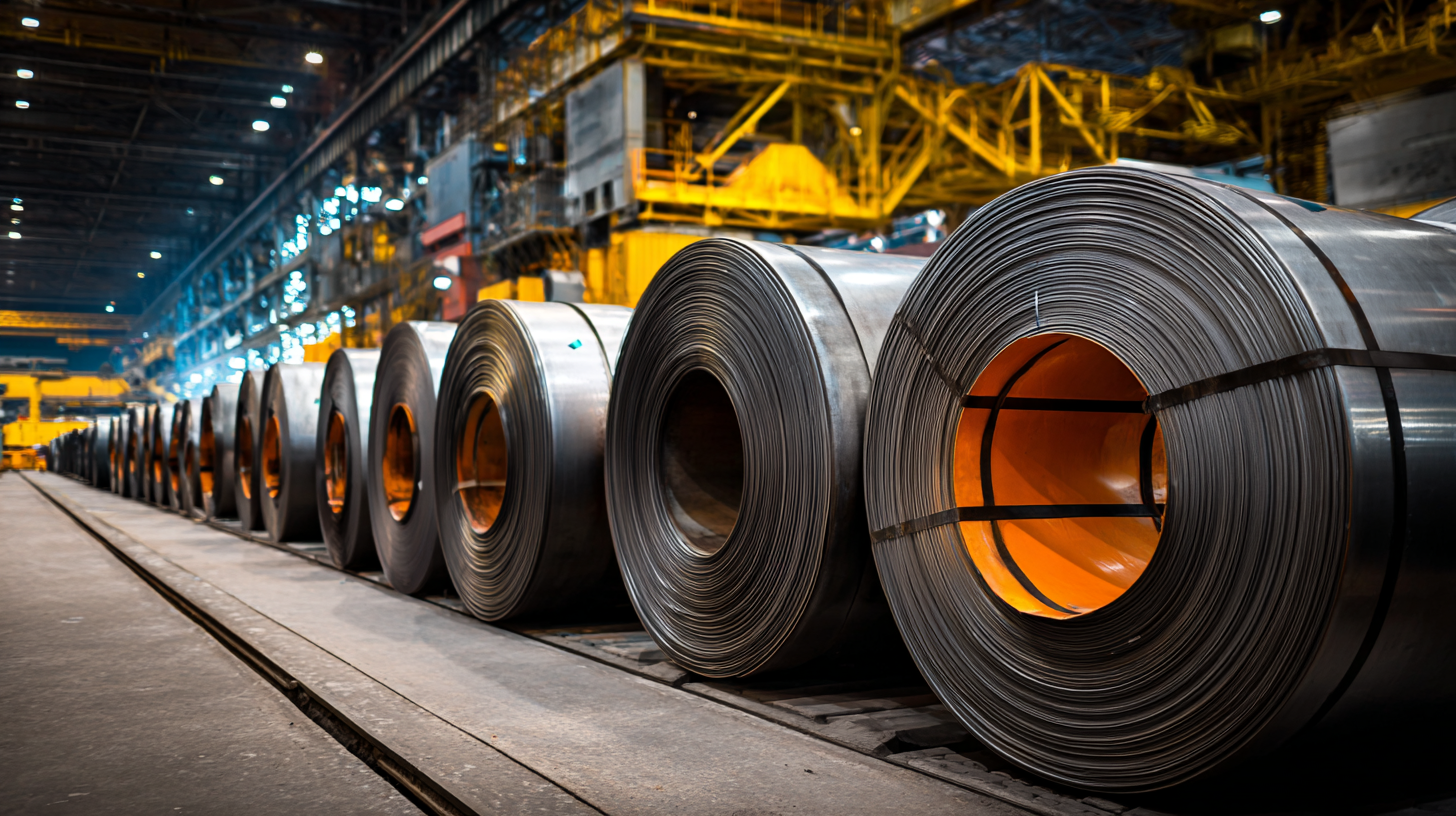
Hot rolled steel coils (HRSC) play a pivotal role in modern manufacturing processes due to their unique characteristics that contribute to versatility and efficiency. One key advantage of hot rolled steel coils is their enhanced ductility and malleability, which allow manufacturers to produce a wide array of products with varying thicknesses and shapes. This flexibility is particularly advantageous in applications requiring complex geometries, as the material retains its integrity under considerable deformation during the forming process. Additionally, the hot rolling process results in a surface finish that is conducive to further processing, making HRSC an ideal choice for subsequent treatments like galvanizing or coating.
In the context of steel production, the shift towards green steel manufacturing is noteworthy. Innovations, such as the development of zero-carbon hot rolled coils, align with the industry's goal to lower carbon emissions, thus forming a sustainable framework for steel production. These advancements not only enhance the environmental profile of manufacturing processes but also address the growing market demand for eco-friendly materials. Furthermore, as more companies adopt in-process monitoring strategies in their production lines, the overall quality and efficiency of hot rolled steel coils will likely improve, fostering enhanced performance in various manufacturing applications.
| Attributes | Details |
|---|---|
| Material Type | Hot Rolled Steel |
| Thickness Range | 1.5 mm to 25 mm |
| Width Range | 600 mm to 2000 mm |
| Applications | Construction, Automotive, Machinery |
| Key Advantages | Cost-effectiveness, Versatility, Improved Workability |
| Surface Finish | Scaly, Requires Further Processing |
| Mechanical Properties | Yield Strength: 235 MPa, Tensile Strength: 400-500 MPa |
| Availability | Widely Available Globally |
Hot rolled steel coils are critical components in various manufacturing sectors, influencing diverse applications from automotive to construction. The automotive industry, characterized by a high demand for durable yet lightweight materials, increasingly leverages hot rolled steel for its structural components. As the sector transitions towards electric vehicles, the need for robust materials that can withstand higher stress and provide safety is paramount. Reports indicate the metal screw fasteners market is projected to expand significantly, from approximately $4.04 billion in 2024 to $6.10 billion by 2033, reflecting the automotive sector's growing requirements.
In the construction sector, hot rolled steel coils serve as essential materials for structural beams, reinforcements, and frames, providing the strength necessary for modern architectural designs. The anticipated growth in the metal fasteners market, estimated to surge from $22.07 billion in 2024 to $33.02 billion by 2033, underlines the increasing reliance on steel products in construction. This demand not only highlights the versatility of hot rolled steel but also indicates a critical shift towards materials that meet the modern standards of sustainability and efficiency in manufacturing, echoing broader industry trends towards innovative and resilient building practices.
Hot rolled steel coils are integral to modern manufacturing, not only for their versatility but also for their cost efficiency. According to a report by the World Steel Association, the global demand for hot rolled steel is projected to reach 1.6 billion tons by 2025, reflecting the material's crucial role in sectors like construction, automotive, and machinery. The inherent benefits of hot rolled steel coils include lower production costs due to their simpler manufacturing process. The National Steel Producers Association has noted that these coils can be produced at 25% lower costs compared to cold rolled alternatives, making them an attractive option for manufacturers looking to optimize their budgets.
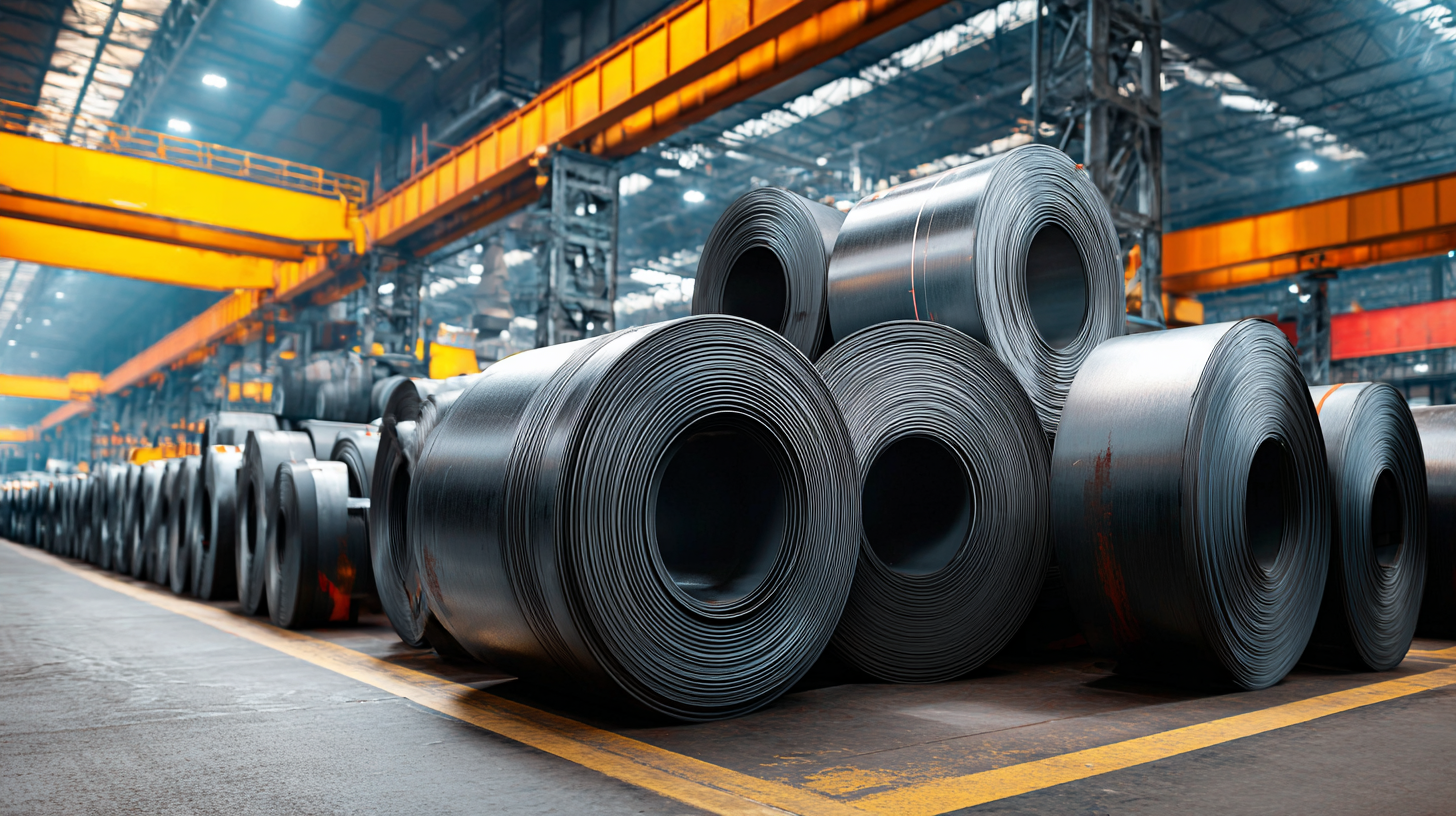
Tip: Consider using hot rolled steel coils in large-scale projects, as their yield strength and ductility can lead to reduced material waste and lower overall project costs.
Furthermore, the economic benefits extend beyond direct material costs. The efficiency of hot rolled steel coils can also lead to significant savings in labor and production time. A study from the Institute of Steel Construction highlighted that manufacturers employing hot rolled products could reduce manufacturing time by up to 30%, allowing for quicker project turnarounds and enhanced competitiveness. Investing in these coils can provide manufacturers not only with material advantages but also elevate their operational efficiency.
Tip: Collaborate with suppliers who offer high-quality hot rolled steel products to ensure you get the best material performance, which translates to additional long-term savings.
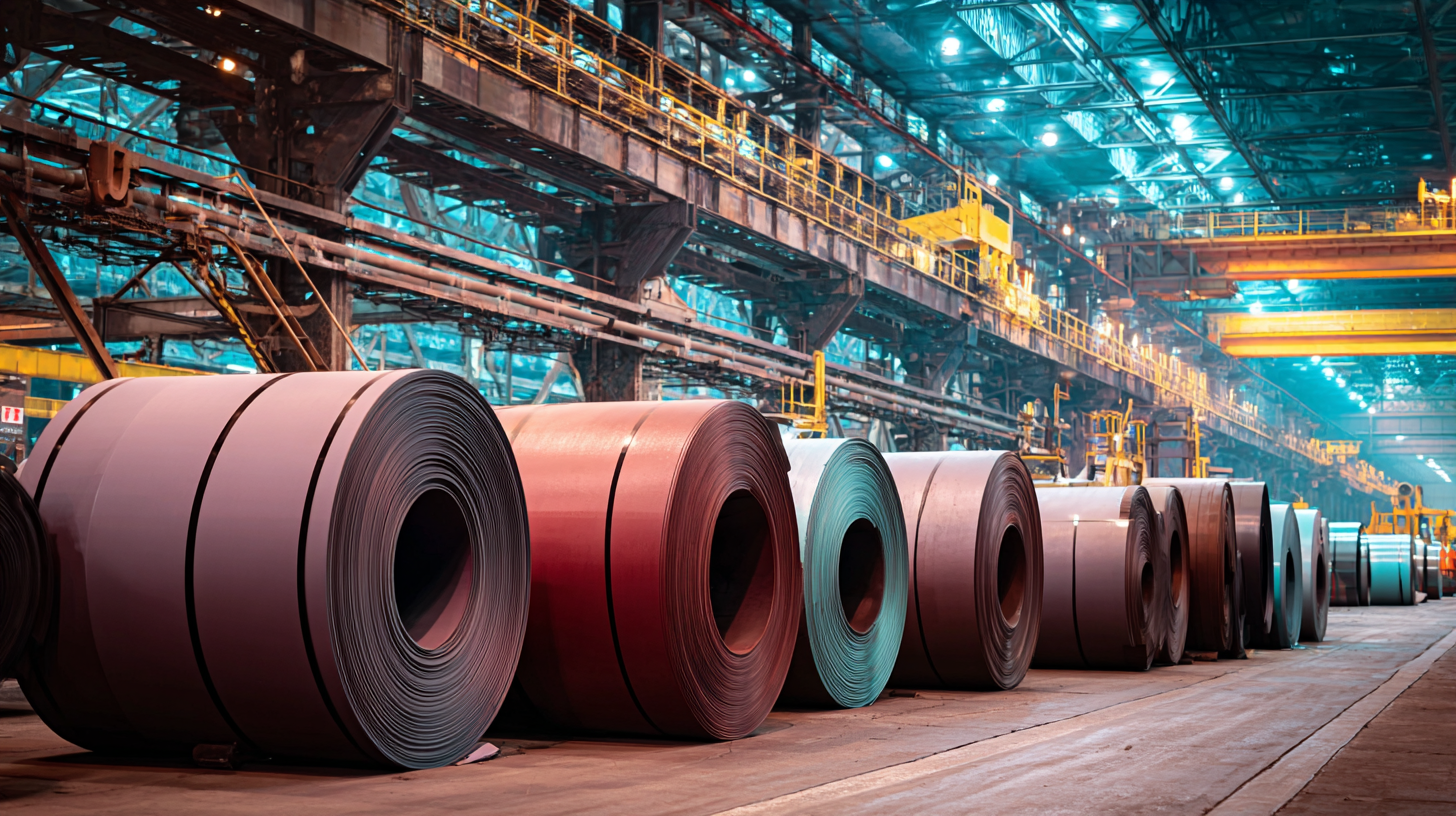 Hot rolled steel coils are a fundamental material in modern manufacturing, renowned for their robustness and versatility. When compared to other steel types such as cold rolled steel, the performance metrics of hot rolled steel reveal distinct advantages. One significant aspect is its strength and ductility, which make it ideal for heavy-duty applications. Hot rolled steel typically exhibits excellent formability, allowing manufacturers to easily manipulate shapes and sizes without compromising structural integrity.
Hot rolled steel coils are a fundamental material in modern manufacturing, renowned for their robustness and versatility. When compared to other steel types such as cold rolled steel, the performance metrics of hot rolled steel reveal distinct advantages. One significant aspect is its strength and ductility, which make it ideal for heavy-duty applications. Hot rolled steel typically exhibits excellent formability, allowing manufacturers to easily manipulate shapes and sizes without compromising structural integrity.
Additionally, hot rolled steel tends to have a lower production cost compared to cold rolled steel. This affordability often results from the simplified manufacturing process, as hot rolling involves heating metal beyond its recrystallization temperature, allowing it to be shaped into coils or sheets. Moreover, the surface finish of hot rolled steel is generally less refined than that of cold rolled options, but its characteristics make it suitable for applications that require painted or coated surfaces, such as automotive parts and structural components. Overall, the performance advantages of hot rolled steel contribute significantly to its importance across various sectors in the manufacturing industry.
The landscape of hot rolled steel coils is evolving rapidly, driven by innovations in manufacturing technologies and a growing emphasis on sustainability. As industries strive for greater efficiency and reduced environmental impact, the use of advanced processes such as automated rolling mills and smart manufacturing techniques is becoming more prevalent. These technologies enable manufacturers to produce hot rolled steel coils that not only meet stringent quality standards but also offer enhanced performance characteristics, making them suitable for a broader range of applications.
Moreover, future developments in hot rolled steel coil usage are increasingly focused on the integration of recycled materials and eco-friendly practices. The demand for sustainable construction materials is prompting manufacturers to explore new ways to produce steel coils with a lower carbon footprint. Innovations such as electric arc furnace technology and the utilization of alternative energy sources are setting the stage for a greener steel industry. As these trends continue to shape the market, hot rolled steel coils are likely to become a cornerstone of modern manufacturing, supporting the transition towards more sustainable and resilient manufacturing ecosystems.
